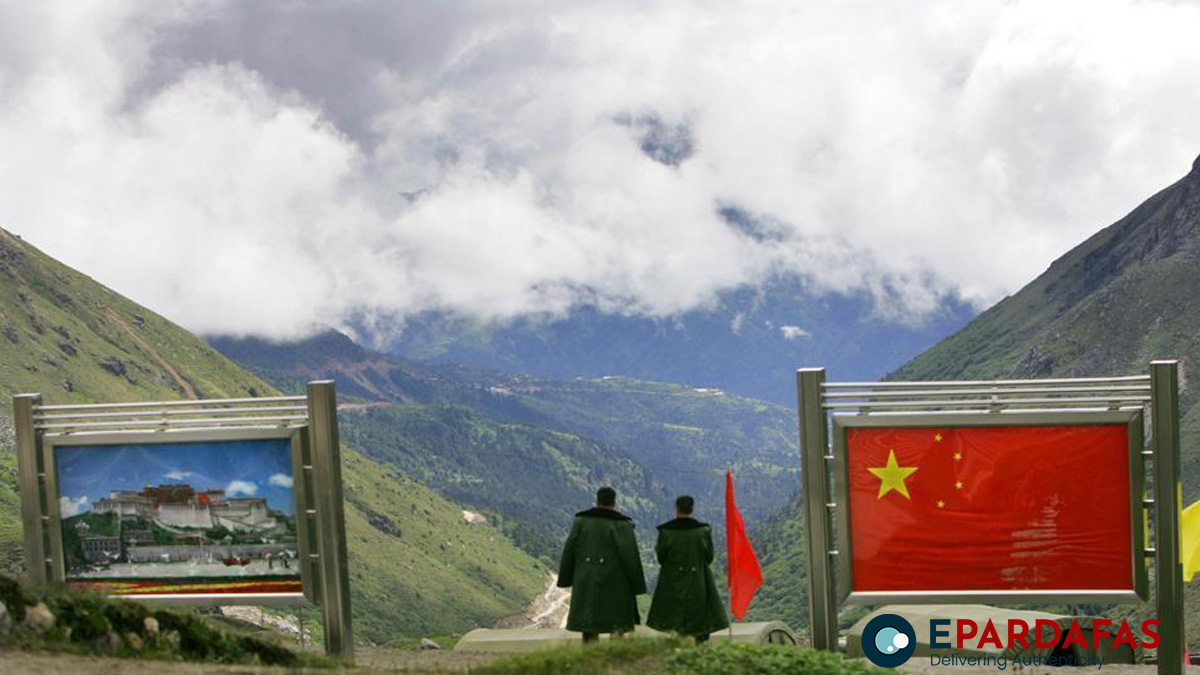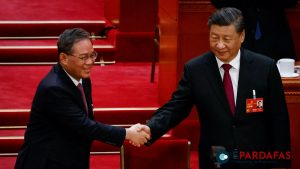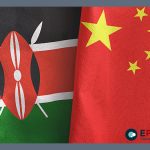
Chinese leadership betrays its ignorance of Bhutan
Archery is the national sport of Bhutan. The practice of archery leading to occasional accidents is not unheard of in the Himalayan kingdom. In 2019, a man from Punakha in Bhutan was airlifted to Kolkata, the biggest metropolis in eastern India, with an arrow still stuck to his aorta, the main artery that carries blood from the heart to the circulatory system. The man was operated upon at Fortis Hospital in Kolkata. He survived.
The website of the Ministry of Foreign Affairs of Bhutan states that the Bhutan Government provides free healthcare to all its citizens. The Bhutan Government also refers patients requiring super-specialty treatment outside Bhutan and the majority of the patients are referred to Kolkata, says the website. This is an instance of the closeness of the relationship between India and Bhutan.
At another plane, in November 2022, a boy from Bumthang in Bhutan was identified as the reincarnation of the late Jigmee Nawang Tempa Gyaltsen who was the head of the Kagyud Tsechokling Monastery at Chandmari in Gangtok; a Drukpa Kagyu lineage monastery in the Indian state of Sikkim. The boy, Namda Jigdral Ghoeying Rangrol, was brought from Bhutan to Sangay Choeling monastery in Darjeeling on December 16 and was enthroned at the monastery in Chandmari in Gangtok on December 26.
Between April 11 and 13 2023, Kathok Situ Rinpoche, a senior reincarnate lama from Wangdue Phodrang in Bhutan, of royal descent from his mother’ side, travelled to monasteries in Dzongu and Pakyong in Sikkim and led prayers in newly built chortens.These are instances of the close spiritual links between Sikkim, Darjeeling and Bhutan.
Clearly, the Global Times commentator who wrote on March 30, 2023, that “Bhutan has closer ties with China than with India in terms of not only culture and religion, but also history” had not done the homework. In the anxiety to project the viewpoint of the Communist Party of China, the commentator in the CPC mouthpiece had lost sight of both the history and the contemporary reality.
The Global Times commentator was also unaware of the fact that historically Bhutan had a long-established relationship with its southern neighbour the former kingdom of Cooch Behar. Bhutan used to be ruled by the people of Cooch Behar before Shabdrung Ngawang Namgyal arrived from Tibet in 1630 to unify Bhutan. In 1773, the British intervened at the request of the royal family of Cooch Behar when the rulers of Bhutan installed a king of their own choice in Cooch Behar. Also, for over 150 years from the beginning of the 18th century, the hills of Kalimpong, now in India, were ruled by Bhutan.
He had also overlooked the fact that eastern Bhutan is dominated by the Sharchop people who had migrated from the east. They are ethnically close to the Bodo community of Assam in India and outnumber by a ratio of 3:2 the ethnic group Ngalop who had arrived in Bhutan from Tibet.
Not only the Global Times commentator, the mandarins of the Communist Party of China were also overjoyed to read an interview of Prime Minister of Bhutan Lotay Tsering in the Belgian newspaper La Libre that Bhutan would soon demarcate its boundary with China in the Doklam plateau and that the viewpoint of Beijing in Doklam would be accommodated by Thimphu. On the face of it, the interview of the Prime Minister of Bhutan carried a disconcerting message for New Delhi as Chinese occupation of Doklam plateau is strategically unacceptable to India.
But Beijing had overlooked the fine prints in the interview of Lotay Tsering, nor did it count on the possibility that none other than the King of Bhutan would visit New Delhi before the ink had dried on the issue of La Libre that carried the interview of the Prime Minister of Bhutan; and the tables would be turned.
In fact, after the interview of the Prime Minister of Bhutan in La Libre had caused consternation in Indian circles that Bhutan had changed its position on Doklam in its border talks with China and China was being given a new role which was not in the interest of India, Lotay Tsering clarified in an interview in The Bhutanese that he had said “nothing new” and there was “no change in position” of Bhutan. By mentioning in the interview that India had an equal stake in the boundary dispute between Bhutan and China in the Doklam plateau, the Prime Minister of Bhutan had recognized for the first time that India had a role in the boundary talks between Bhutan and China and that Bhutan would respect the security concerns of India in Doklam and keep India in the loop.
After the appearance of the interview of the Prime Minister of Bhutan in the Belgian newspaper, The Global Times, the mouthpiece of the CPC, commented on an optimistic note on March 30, 2023, that China and Bhutan would settle their boundary dispute in a few rounds of talks. Obviously, the hawks in the CPC were eyeing a piece of high ground in the Doklam plateau called Zomphelri Ridge from where they could oversee the vulnerable Siliguri corridor of India. The Global Times also declared that after the settlement of the boundary between Bhutan and China the controversial Belt and Road Initiative of China, which Beijing has used to gain control of strategic assets in the recipient countries, would be extended to Bhutan.
What Beijing did not bargain for was that within days of the outbreak of the controversy over the interview of the Prime Minister of Bhutan, none other than the King of Bhutan went to New Delhi on a three-day visit between April 3 and 5; accompanied by the Foreign Minister of Bhutan Tandi Dorji. In the course of the visit, he had long meetings with both Prime Minister of India Narendra Modi and External Affairs Minister of India S. Jaishankar; as well as a formal meeting with President of India Droupadi Murmu.
The significance of the low-key visit can be well-understood from the fact that in Bhutan the King is not just a ceremonial head of state. He is the constitutional head, wields real power and is the final authority on decision-making in the Himalayan kingdom.
The King of Bhutan and his entourage noted with satisfaction the timely flow of funds from the Indian government to ensure “smooth and uninterrupted progress of projects under the 12th Five Year Plan, with about 90 percent of India’s committed Plan assistance to Bhutan already released.” Bhutan also appreciated the Indian gesture of extending the Standby Credit Facility at reduced interest rate and extended settlement period, and for providing an additional currency swap support of $200 million. India also agreed to consider favourably the request of Bhutan to extend an additional Standby Credit Facility for a period of five years.
It was also decided to deepen the bilateral cooperation between India and Bhutan in the area of hydropower. Under this, Bhutan receives a steady stream of revenue from the sale of power from hydro plants which have been jointly developed with assistance from India; with India benefitting from the assured supply of energy.
The role of the hydro power plants in helping Bhutan tide over the economic crisis it faced during the Covid-19 pandemic was appreciated by the King and his entourage.
Assistant Foreign Minister of China Wu Jianghao asserted in 2021 that the traditional friendship between the people of China and Bhutan dated back to ancient times. The basis for this assertion seems to be the claim that “The Kingdom of Bhutan has maintained close political, economic, cultural and religious ties with Xizang for a long time throughout history.” China, incidentally, has renamed Tibet as ‘Xizang.’
The facts are, however, different. While it is true that Tibet and Bhutan had close ties since time immemorial, China had never been in the picture till 1950 when Tibet was occupied through an armed invasion by the Chinese army.
















Comments